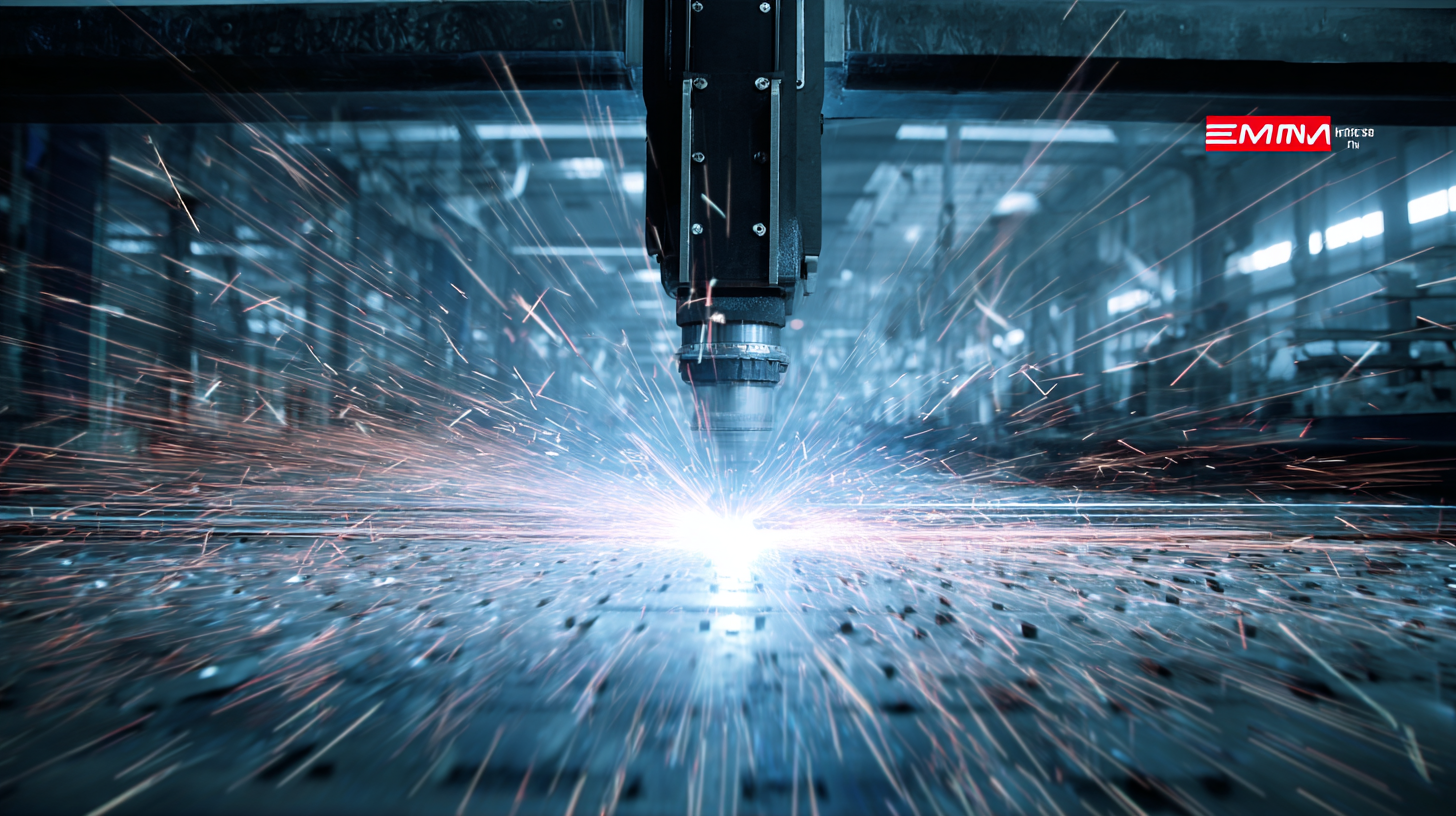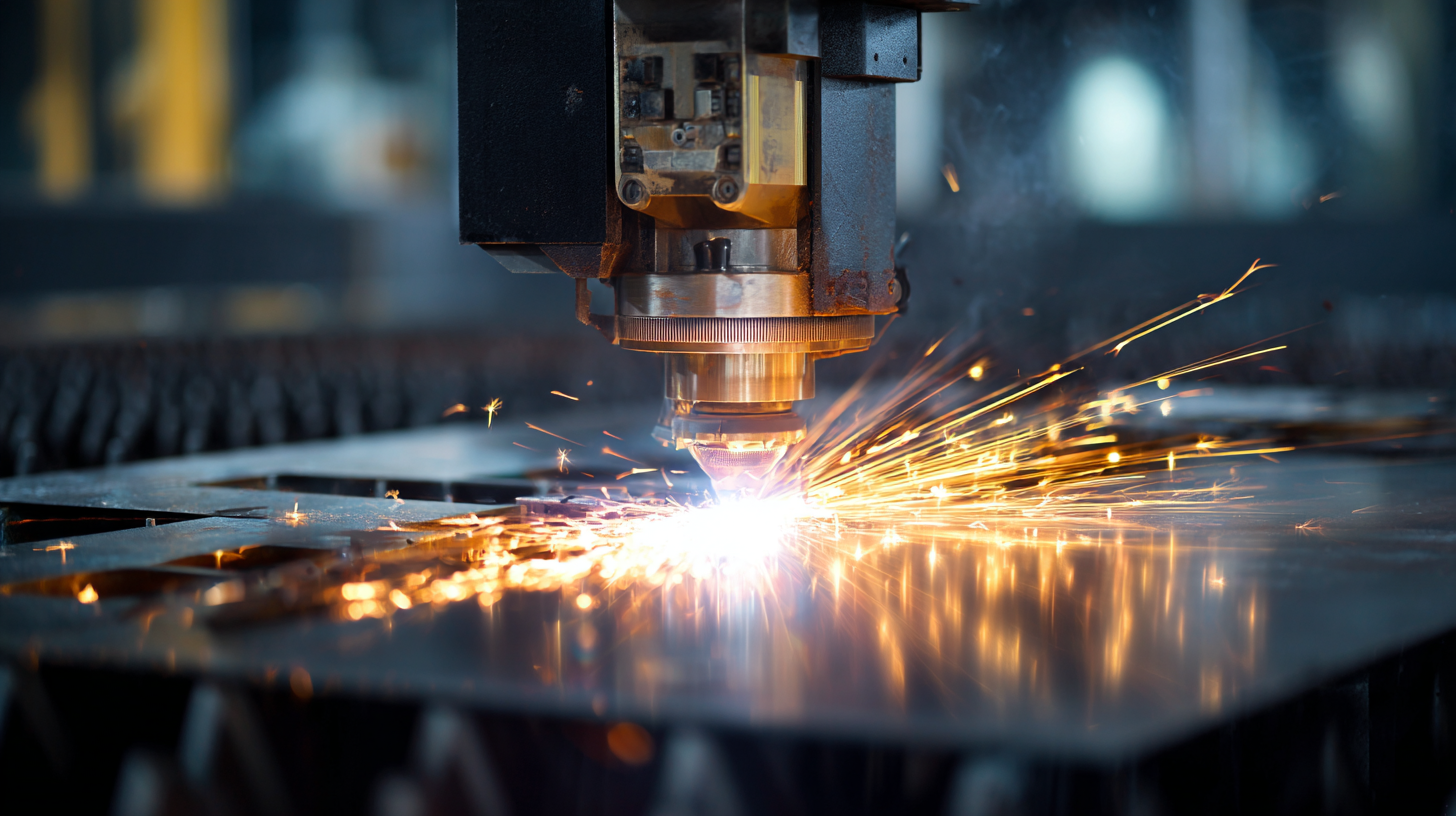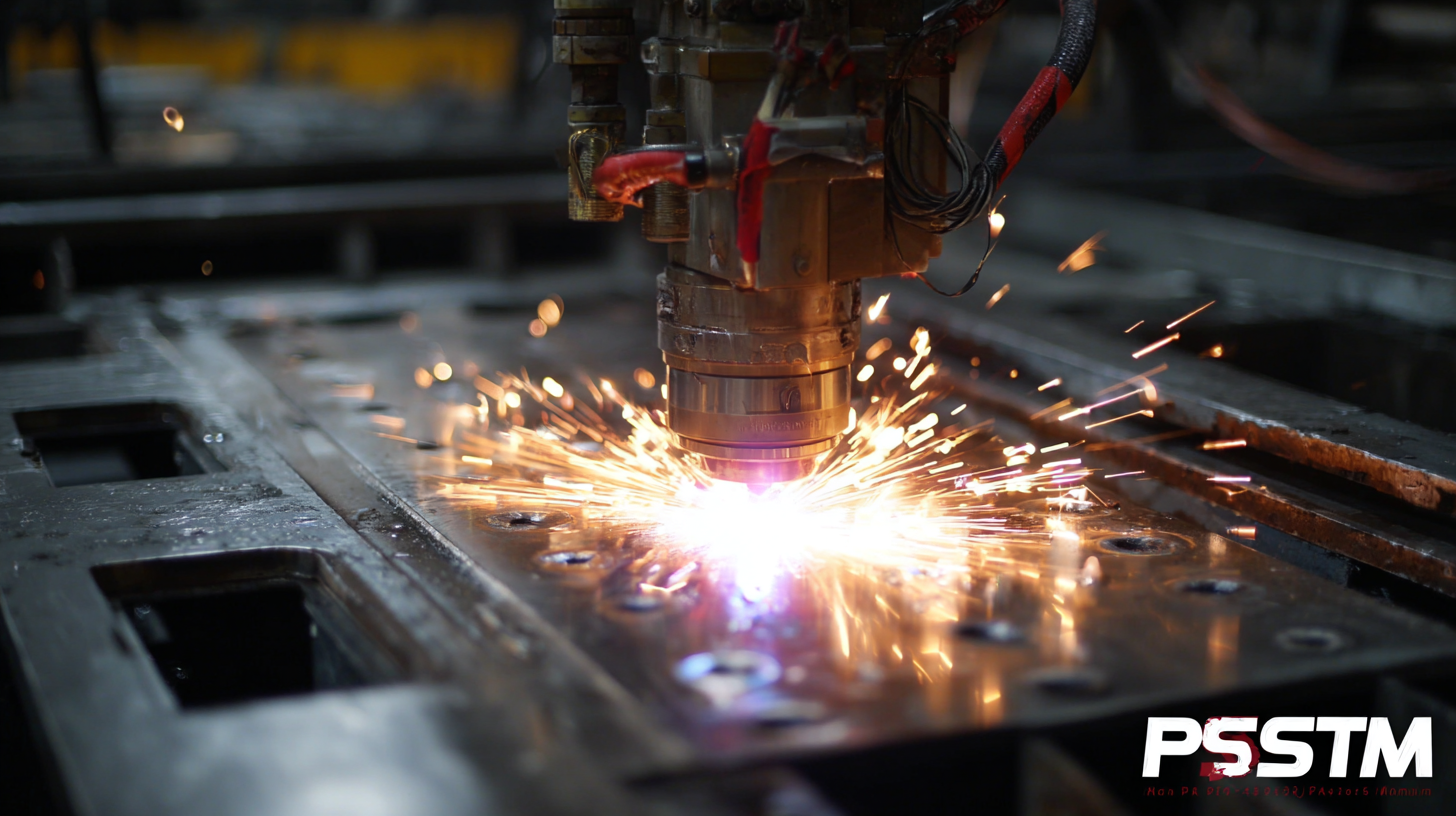Choosing the Right Manufacturer for the Best Plasma Cutting Machine Insights and Key Data
In the rapidly evolving landscape of industrial manufacturing, the Plasma Cutting Machine has emerged as a critical tool for enhancing productivity and precision. According to a report by ResearchAndMarkets, the global plasma cutting equipment market is projected to reach $5.5 billion by 2027, growing at a CAGR of 5.8% from 2020. This growth underscores the increasing reliance of various industries on efficient cutting technologies that ensure high-quality outcomes while reducing operational costs. As manufacturers are inundated with choices, selecting the right Plasma Cutting Machine becomes paramount to optimizing operations. In this blog, we will delve into essential insights and tips to guide you through the decision-making process, ensuring that your investment aligns with your production needs and long-term goals.

Key Considerations for Selecting a Plasma Cutting Machine Manufacturer
When selecting a plasma cutting machine manufacturer, there are several key considerations to ensure you make the best choice for your needs. First and foremost, assess the manufacturer’s reputation in the industry. Look for companies with a solid track record and positive customer reviews. A trusted manufacturer is more likely to provide reliable machines and excellent customer support.

Tips: Always check if the manufacturer offers warranties and after-sales service. A good warranty can provide peace of mind, and attentive customer support can help you troubleshoot any issues that may arise with your plasma cutting machine.
Another critical factor is the range of options available. Different projects require different specifications, so it’s essential to find a manufacturer that offers a variety of models, including both portable and heavy-duty machines. This variety ensures you can find a plasma cutter that aligns perfectly with your production requirements.
Tips: Make a list of the features that matter most for your applications—such as cutting thickness and precision—and compare them across the manufacturers' models. By doing so, you can narrow your choices to find the ideal machine tailored to your specific needs.
Evaluating Plasma Cutting Technology: Capacities and Features
When choosing a plasma cutting machine, understanding the various capacities and features of the technology is essential for making an informed decision. Plasma cutting harnesses the power of ionized gas to create precise cuts in a variety of materials, from thin sheet metal to more robust steel. Evaluating the cutting thickness capabilities is a crucial factor; different machines cater to different thicknesses, impacting their suitability for specific projects. Users should consider whether the machine can handle their intended applications efficiently and effectively.
Another critical aspect to evaluate is the features that enhance the performance and usability of plasma cutting machines. These features include automated height controls that maintain optimal cutting distance, advanced ignition systems that ensure reliability, and user-friendly interfaces for easy operation. Moreover, modern plasma cutters often come equipped with advanced cooling systems, allowing for longer operational periods without overheating. Investing in a machine with the right features not only improves productivity but can also significantly extend the lifespan of the equipment, ultimately delivering greater value in the long run.
Understanding Cost vs. Performance: Financial Insights for Plasma Cutters
The plasma cutting machine market is experiencing substantial growth, projected to increase from $646.2 million in 2023 to $841.4 million by 2030, reflecting a compound annual growth rate (CAGR) of 3.8%. As industries seek more efficient cutting solutions, understanding the balance between cost and performance becomes essential. The CNC segment of this market, in particular, is expected to rise notably, from $419.1 million in 2023 to an estimated $722 million by 2032, highlighting the increasing demand for precision and automation in cutting processes.
When investing in plasma cutters, manufacturers must consider not only the upfront costs but also the long-term benefits their machines provide. The digital cutting machine market is similarly on an upward trajectory, forecasted to grow from $2.5 billion in 2024 to $4.5 billion by 2033, achieving a CAGR of 7.5%. This growth illustrates a significant shift towards advanced technologies that enhance productivity and reduce operational costs. Thus, selecting the right manufacturer involves evaluating the financial implications against performance metrics, ensuring that businesses make informed decisions that align with their operational goals.
Market Trends: Leading Plasma Cutting Machine Manufacturers Worldwide
The plasma cutting machine market has witnessed significant advancements and transformations in recent years, driven by technological innovations and a rising demand for precision cutting across various industries. According to a recent market research report, the global plasma cutting machine market is projected to reach $6.8 billion by 2025, growing at a CAGR of 5.5% during the forecast period. This growth is primarily fueled by the increasing use of automation in manufacturing processes and the rising number of initiatives aimed at enhancing manufacturing efficiency.
Key players in the plasma cutting machine sector include brands like ESAB, Hypertherm, and Lincoln Electric, which have established a strong presence through continuous innovation and robust product offerings. For instance, ESAB recently launched a series of advanced plasma cutting machines designed to optimize performance in tough working environments. Additionally, market trends indicate a growing preference for portable plasma cutting machines, accounting for over 30% of total sales in 2022. This shift towards more flexible and user-friendly equipment reflects the evolving needs of manufacturers aiming to enhance operational productivity while minimizing overhead costs.
Comparative Analysis of Top Plasma Cutting Brands and Their Offerings
When it comes to selecting the best plasma cutting machine, a comparative analysis of the top brands reveals critical insights into their offerings and performance. According to a recent market study by MarketsandMarkets, the global plasma cutting systems market is expected to grow from $3.22 billion in 2021 to $4.57 billion by 2026, emphasizing the growing demand for high-quality cutting solutions. Key players like Hypertherm, ESAB, and Miller Electric have established themselves as leaders, each with distinctive features tailored to varying industrial needs.

Hypertherm’s Powermax series stands out for its innovative technologies that enhance cutting speeds and decrease operating costs. With capabilities to cut materials up to 1" thick at an impressive speed, this brand accounts for nearly 25% of the market share, as reported in a recent survey by IBISWorld. On the other hand, ESAB’s PT36 model is lauded for its portability and user-friendly interface, making it a top choice among small to medium-sized workshops. Additionally, Miller Electric’s Spectrum series is recognized for its reliability and precision, catering to industries that demand high-performance cutting with minimal downtime. These key data points help businesses make informed choices when investing in plasma cutting technology.